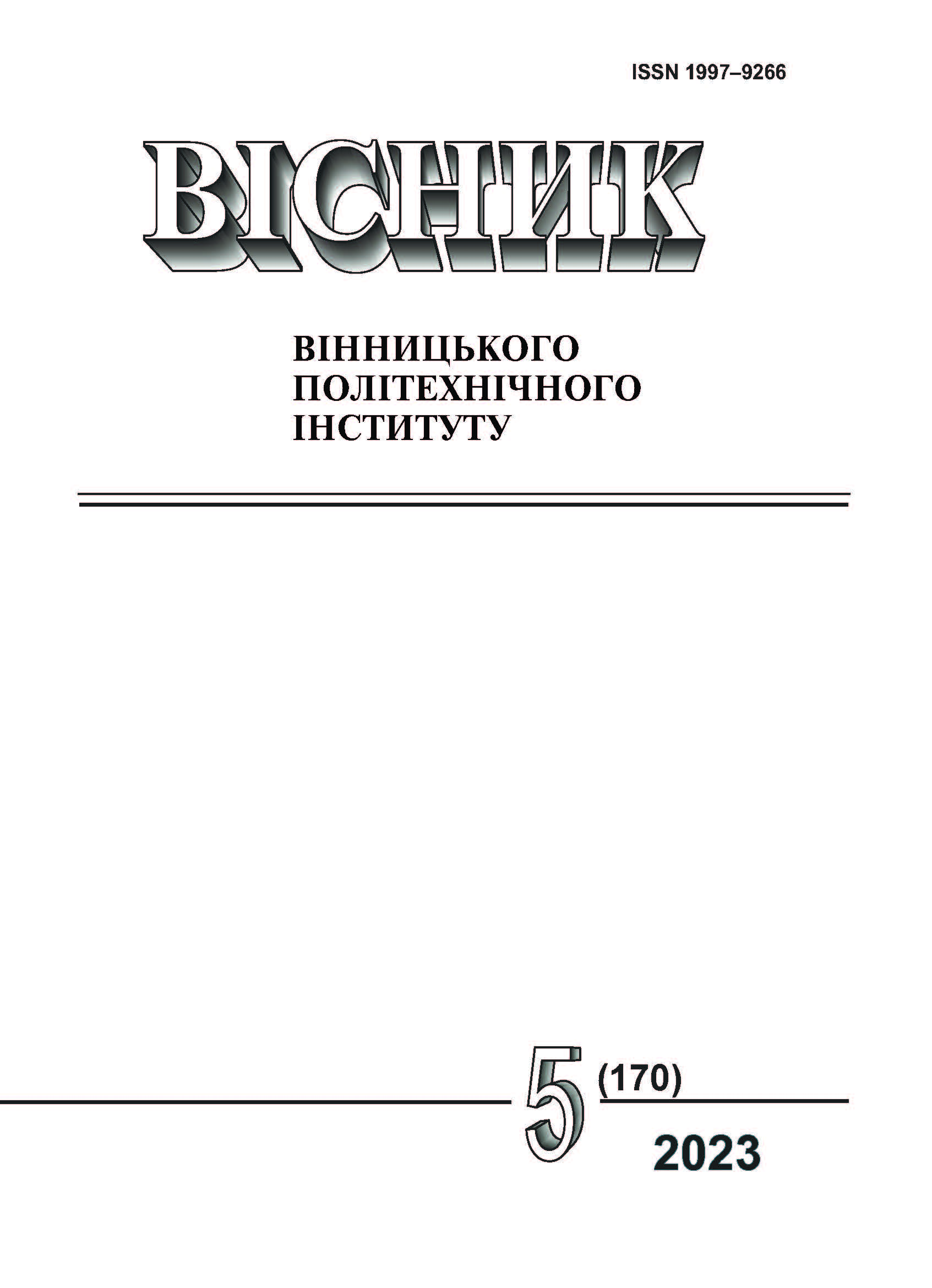Improvement of the Environmental and Energy Efficiency of a Diesel Generator by Adjusting the Advance Angle of Fuel Injection
DOI:
https://doi.org/10.31649/1997-9266-2023-170-5-93-98Keywords:
biodiesel, diesel engine, fuel mixture, injection advance angleAbstract
The article examines the impact of biodiesel fuel usage on the working processes of a diesel engine and its environmental and energy indicators. The fuel injection process has a significant impact on the combustion efficiency of the fuel-air mixture. Depending on the injection advance angle, the air pressure and temperature in the engine cylinders during fuel injection change. The self-ignition delay period of the fuel-air mixture is influenced by the properties of the fuel and the advance angle of its injection. The use of biodiesel makes it necessary to change the value of the cyclic fuel supply and to reduce the auto-ignition delay period of the fuel-air mixture. Changes in the physical and chemical properties of the fuel mixture require adaptation of the injection parameters.
The article analyzes the impact of biodiesel fuel and its mixture with diesel fuel on different phases of the diesel engine's operating cycle. For the analysis, such phases as injection, combustion and expansion are distinguished, including the period of auto-ignition delay, the period of rapid combustion, the period of slow combustion and the period of gas expansion. It is noted that the physicochemical properties of biodiesel fuel affect the processes of fuel injection, evaporation and combustion in the engine cylinders. The use of biodiesel fuel causes a change in the diameter of the injected fuel droplets, the range of the fuel jet, the intensity of combustion and other parameters. These changes, in turn, affect the duration of each phase of the combustion and expansion stroke. Regulating the content of biodiesel in the fuel mixture and changing the injection advance angle allows to influence the specified processes.
Experimental studies were performed on a diesel generator with an SMD-15E engine at different ratios of diesel and biodiesel fuels in the mixture. As a result of the experiments, the optimal values of the injection advance angle for different fuel mixtures were determined. After processing the research results, the necessary values of the change in the injection advance angle depending on the composition of the fuel mixture were determined in order to minimize energy costs for performing useful work.
References
I. Kupchuk, S. Burlaka, T. Yemchyk, D. Galushchak, and Yu. Prysiazhniuk, “Research of autonomous generator indicators with the dynamically changing component of a two-fuel mixture,” Polityka Energetyczna – Energy Policy Journal, vol. 25, no. 2, pp. 147-162, 2022. [Electronic resource]. Available: https://epj.min-pan.krakow.pl/pdf-150746-76732?filename=Research%20of%20autonomous.pdf , https://doi.org/10.33223/epj/150746 .
В. М. Мельник, Т. Й. Войцехівська, і М. М. Штих, «Дослідження впливу кута розпилення на експлуатаційні показники роботи двигуна при використанні біодизельного палива,» Нафтогазова енергетика, № 1, с. 60-66, 2021.
А. І. Атамась, В. Ф. Шапко, і С. В. Шапко, «Підвищення екологічних показників дизельного автомобіля під час використання біодизельного палива,» Вісник КрНУ ім. Михайла Остроградського. Кременчук, № 3, с. 126-130, 2012.
А. П. Поляков, і О. О. Галущак, «Математична модель системи “Двигун – система живлення сумішшю дизельного та біодизельного палив”,» Наукові нотатки, Міжвузівський збірник, Луцьк, вип. № 45, с. 438-443, 2014.
А. П. Поляков, О. О. Галущак, і Д. О. Галущак, «Методика визначення показників автомобіля з дизельним двигуном при використанні системи живлення з динамічним регулюванням відсоткового складу суміші палив,» Вісник Національного технічного університету «ХПІ., зб. наук. пр., серія: Автомобіле- та тракторобудування, № 10 (1119), с. 59-64, 2015.
F. M. R. Mesquita, F. X. Feitosa, F. R. do Carmo, R. S. de Santiago-Aguiar, and H. B. de Sant’Ana, “Viscosities and viscosity deviations of binary mixtures of biodiesel – petrodiesel (or n-hexadecane) at different temperatures,” Journal of Chemical Engineering, Brazilian, September, vol. 29, no. 03, pp. 653-664, 2012. ISSN 0104-6632.
Downloads
-
PDF (Українська)
Downloads: 101
Published
How to Cite
Issue
Section
License

This work is licensed under a Creative Commons Attribution 4.0 International License.
Authors who publish with this journal agree to the following terms:
- Authors retain copyright and grant the journal right of first publication.
- Authors are able to enter into separate, additional contractual arrangements for the non-exclusive distribution of the journal's published version of the work (e.g., post it to an institutional repository or publish it in a book), with an acknowledgment of its initial publication in this journal.
- Authors are permitted and encouraged to post their work online (e.g., in institutional repositories or on their website) prior to and during the submission process, as it can lead to productive exchanges, as well as earlier and greater citation of published work (See The Effect of Open Access).





